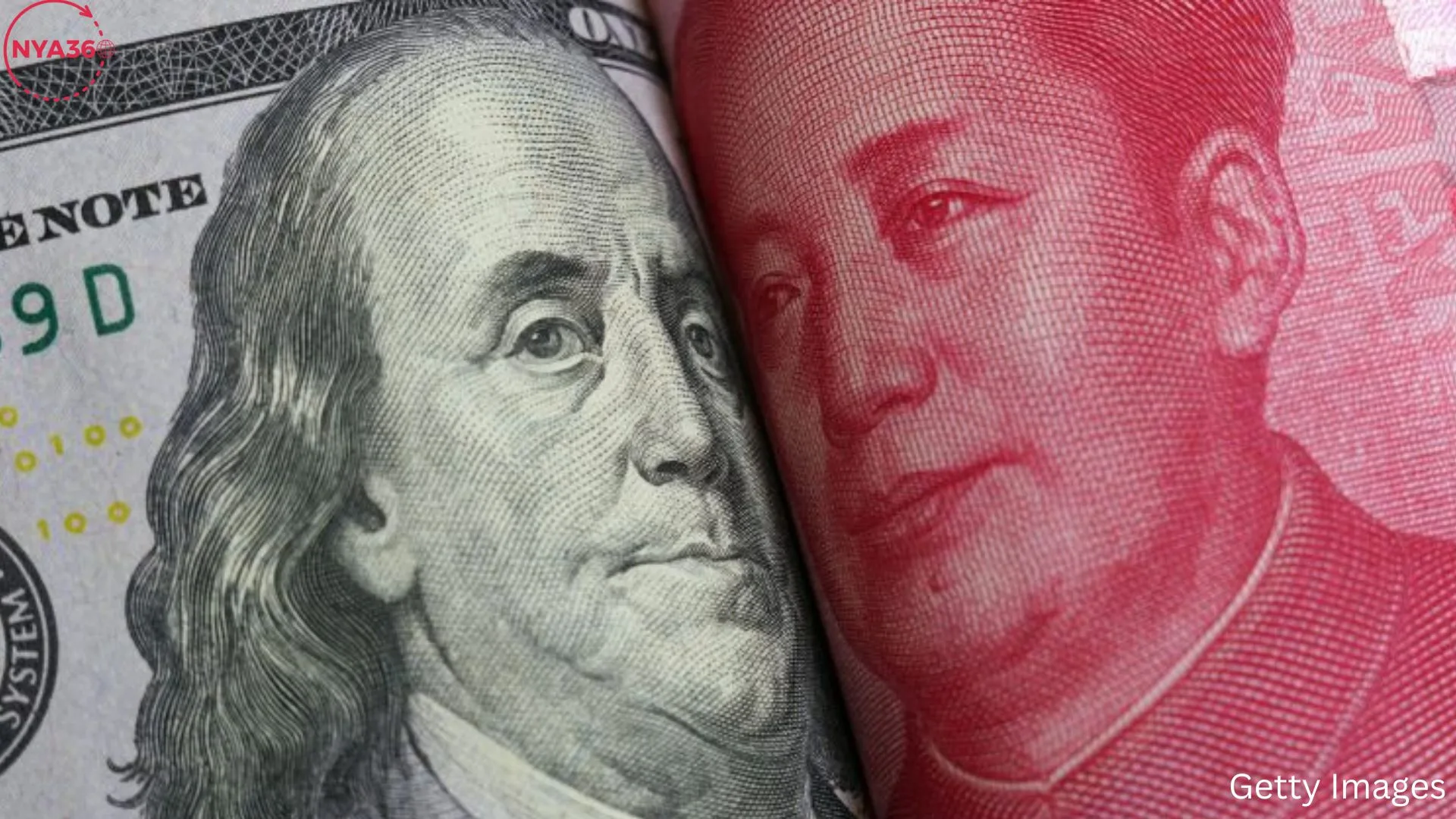BRICS payments in the Chinese yuan have exceeded US currency by 2.5%, indicating a notable change in global trade dynamics. This development signifies a significant achievement in China’s continuous endeavors to diminish worldwide reliance on the dollar and advance its currency for international trade settlements. China, as a prominent member of the BRICS alliance, has tactically utilized US sanctions on Russia to promote the process of de-dollarization and enhance the utilization of the yuan in transactions that occur across borders.
US Treasury Secretary Janet Yellen has publicly recognized that the sanctions put on Russia, to reduce Moscow’s influence, have unintentionally diminished the dominant position of the dollar in global trade. Yellen acknowledged that these actions have prompted the BRICS alliance, consisting of Brazil, Russia, India, China, and South Africa, to contemplate utilizing their currencies for trade, thus expediting the process of reducing reliance on the US currency. The sanctions, designed to economically isolate Russia, have instead bolstered the utilization of other currencies, particularly the yuan and ruble, in worldwide commerce.
Yellen’s frank acknowledgment underscores a wider apprehension that US economic policies might inadvertently be promoting the transition away from the dollar, a change that might have lasting consequences for American power and global economic stability.
China’s endeavor to establish the yuan as a predominant currency for commerce is a component of a broader geopolitical strategy aimed at diminishing dependence on the dollar and augmenting its worldwide financial sway. The Xi Jinping administration has made extensive efforts to persuade Russia to use the yuan as the currency for all trade transactions, including the export of energy resources such as oil and natural gas. The campaign’s success is seen in the yuan’s current status as the dominant currency in Russia, surpassing the dollar in terms of trading volume.

The shift extends beyond Russia. Developing countries within the BRICS framework are increasingly choosing to utilize the yuan and the ruble for their transactions with China and Russia. This phenomenon is an indication of China’s increasing economic influence and its capacity to influence trade standards in developing nations. For these countries, engaging in yuan trading provides a means to circumvent possible dangers linked to sanctions based on the US currency, while also establishing a closer economic relationship with China, a progressively vital economically.
The increasing utilization of the yuan in BRICS transactions has sparked apprehensions regarding its potential repercussions on the US economy. Should the process of de-dollarization gain momentum, it could have a detrimental impact on several industries inside the United States. The US has historically benefited from the dollar’s predominant position in international banking, which has enabled it to get loans at cheaper interest rates, manage inflation, and have substantial influence over global commerce. The benefits are at risk due to a shift away from the dollar.
The financial industry in the United States, including banks and institutions engaged in foreign currency and international trade financing, faces the risk of experiencing a substantial decline in revenue. The increasing preference for the yuan and other currencies may diminish the need for dollar-based transactions, thus impacting the profitability of American financial institutions.
The diminishing of the dollar’s hegemony may result in a decrease in the demand for American products and services in global marketplaces. Should countries want to trade more frequently using the yuan or other domestic currencies, American exporters might potentially encounter currency conversion concerns, thereby diminishing the competitiveness of their products. The energy sector may face significant challenges, as the trading of oil and gas is typically conducted using the US dollar. The potential adoption of yuan or other currencies for energy trades by other countries may undermine the dominant position of the dollar as the global reserve currency. This could result in heightened instability and unpredictability in energy markets.

The US national debt may be affected by a decrease in the worldwide demand for dollars. Issuing debt in its currency at advantageous interest rates has been a fundamental aspect of maintaining financial stability in the United States. In the event of a decrease in demand for the dollar, there is a possibility that borrowing costs may increase, hence worsening the burden of the national debt. The US’s capacity to enforce impactful economic sanctions is heavily reliant on the worldwide reserve currency status of the dollar, which in turn affects its geopolitical influence. The adoption of alternative currencies in global trade has the potential to weaken the impact of these policies, so diminishing the geopolitical influence of the United States.
China’s achievement in advancing the use of the yuan inside the BRICS alliance is a strategic effort to establish a multipolar global order, in which financial influence is not centralized in the Western countries. The Chinese government has been systematically increasing its influence through initiatives such as the Belt and Road, which promotes the use of the yuan for trade among member countries. As an increasing number of countries become economically interconnected with China, the attractiveness of the yuan strengthens, posing a greater challenge to the prevailing supremacy of the dollar.
In the future, global trade may involve a more divided currency landscape, with several currencies such as the yuan, euro, and ruble playing important roles. This transition has the potential to diminish the reliability and steadiness that have defined the dollar-centered financial system, presenting fresh obstacles for corporations, governments, and investors.
The emergence of the Chinese yuan as a favored currency for BRICS payments signifies a pivotal moment in the global economic hierarchy. China’s deliberate efforts, along with the unintended repercussions of US sanctions, are steadily undermining the global trade supremacy of the dollar. The growing trend among BRICS countries and other developing nations to use their currencies for transactions has significant ramifications for the US economy, impacting several aspects such as the banking sector and geopolitical clout. The upcoming years will determine whether this shift towards de-dollarization is a transitory adaptation or the initiation of a lasting reorganization in global finance.
Follow us on social media: Instagram, Threads & Twitter X @nya360_ YouTube & Facebook @nya360.





